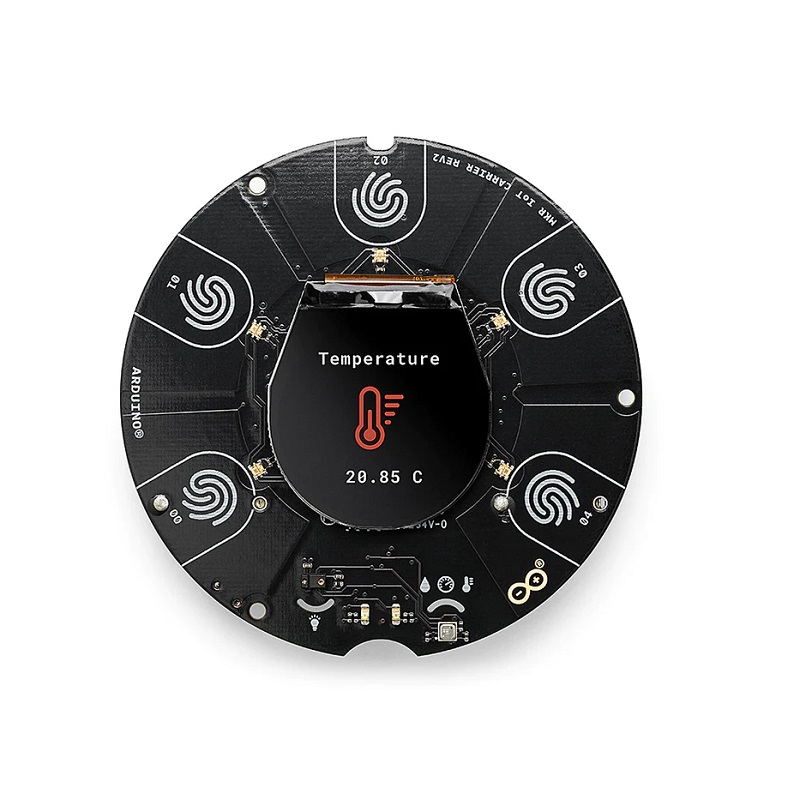Wang/GraduationProject
Draft project proposal
What do you want to make?
I want to make something that combines the features of SI22, SI23, and SI24.
- SI22: a device that interact with weather/nature,
200 words description
- SI23: sound experimentation tools base on HTML,
200 words description
- SI24: a MIDI device,
200 words description
The result would be a device that interact to nature, with a corresponding tools in HTML form.
How do you plan to make it?
With the same formula I used in SI24, it still will be the similar steps:
Research;
Draft;
Shopping list based on the draft;
Process;
Debug;
What is your timetable?
From September to December, I will be constantly making workshops, exercises, and performances related to the main subject in order to develop more concrete content.
Including:
a Javascript Club, about using web audio tools to make sound experiment.
INC zine event
Public event, a performance in the kitchen using a microwave counting time.
Colloquium workshop
a performance using the devices I made to present.
Why do you want to make it?
I think Nature is a large content, it could related to using the nature as a language to communicate, by various machine, or as a predicted way,to predict fortune, but not a typical Divination function. Such as direction, temperature, magnetic, gravity... these factors could be connections with the device. By using an unstable way to control the devices, like the nature factors.
Who can help you and how?
Xpub tutors will help me a lot to clarify my logical structure and assist me with the technological issues I may encounter during the process. I will also try to contact relevant engineers, product designers, sound designers, or relevant communities for more inspiration. During the testing phase, I will reach out to different communities to organize workshops and performances for testing the devices and gathering feedback from users.
Relation to previous practice
Building on my experiences with SI22, SI23, and SI24, I will combine my technical skills and creative exploration from those projects. The process of researching, drafting, and debugging will support my development approach, allowing me to incorporate previous learnings into this new project and create a seamless integration of sound and nature.
Relation to a larger context
This project connects to broader themes of environmental awareness and the fusion of technology with nature. By exploring the interplay between natural phenomena and digital soundscapes, it will also utilize unstable elements from nature to engage with digital aspects. This could be an important way to enhance creativity in sound design.
References/bibliography
https://www.ableton.com/en/packs/inspired-nature/ https://www.lovehulten.com/
Fortune
Believe it Yourself is a series of real-fictional belief-based computing kits to make and tinker with vernacular logics and superstitions. Created by Shanghai based design studio automato.farm, 'BIY™ - Believe it Yourself' is a series of real-fictional belief-based computing kits to make and tinker with vernacular logics and superstitions. The team worked with experts in fortune telling from Italy, geomancy from China and numerology from India to translate their knowledge and beliefs into three separate kits – BIY.SEE, BIY.MOVE and BIY.HEAR. They invite users to tinker with cameras that can see luck*, microphones that interpret your destiny*, and compasses that can point you to harmony and balance*.
http://automato.farm/portfolio/believe_it_yourself/



other inspirations:


Plants

https://www.datagarden.org/technology



Gravities
Bouncy Notes
https://dillonbastan.com/inspiredbynature_manuals/Bouncy%20Notes%20User%20Manual.pdf https://www.youtube.com/watch?v=C2hQ-WbKBhU
Droplets
https://finneganeganegan.xyz/works/droplets
Thesis Outline
This thesis will explores how natural forces like temperature, direction, magnetism, and gravity can be used to control sound devices such as MIDI controllers and synthesizers. Rather than relying on traditional, stable inputs (like pressing keys or turning knobs), we investigate how unpredictable, changing elements from nature can be used to influence sound production. The idea is to treat nature as a kind of "language" that machines can understand and respond to in real-time, creating a more dynamic and organic way to control devices.
Beyond just controlling sound, this project aims to experiment with how different technologies can interact with each other. By using natural forces to control devices, we can create new and unexpected results. For example, changes in wind direction might not only affect sound but also trigger visual changes or interact with other devices, creating a chain reaction. The goal is to explore how these connections between sound, natural data, and other forms of technology can open up creative possibilities that go beyond traditional methods.
To take this experiment further, the thesis will also explore how these ideas can be combined into a website or an interactive HTML platform. This would allow users to experience the sound, visuals, and interactions online, making the project more immersive. By connecting natural forces with sound devices and digital platforms, this project aims to create an evolving system where the physical and digital worlds blend together in new and interesting ways.
